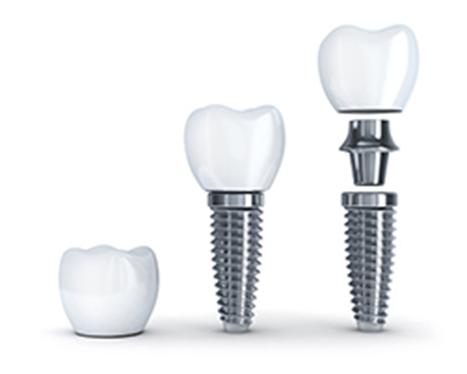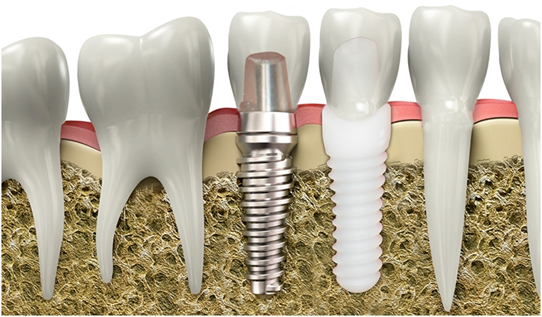
The extraction of a fractured tooth was the typical outcome of dental problems in the past, but this is no longer the case as often. This is a result of the enormous advancement in dental technology. Despite modern dentistry’s best efforts and other professionals’ efforts, tooth removal still happens. What is the best way to solve this, then? Is it possible to get my teeth replaced? The method frequently used in these circumstances is an implant. A method that has been demonstrated to be secure and healthful and that dentists have used for some time. However, there are other ways to use this therapeutic option, each with its application, advantages, and disadvantages. Things that are harmful to one group but beneficial to another. Implants use two approaches more frequently than other types, and because they are close to one another, they are continuously at odds. These methods, as well as titanium and zirconia implants, have many points in common and different.
What Function Do Titanium Implants Have?
According to one of the best implant dentist in Vancouver BC, the first use of titanium implants to implant various teeth occurred at the beginning of 1960; hence, this treatment strategy can be traced to that year. One of the greatest materials for implants is titanium metal, which has a high strength while being significantly lighter than other metals.
The widespread use of titanium implants results from their many advantages; their most important qualities are their light weight and excellent resistance to pressure and corrosion. Another exceptional attribute of titanium is its versatility; thanks to this quality, it is employed in the hip and knee joints.
How Are Zirconia Implants Operated?
This implant was first used and put on the market in 1980. Once the FDA approves this treatment, dentists could use it much more frequently. Notably, this implant was made entirely of ceramic rather than metal when it was first created.
The fact that this implant has a high body acceptance rate and can quickly acclimatize to your body and cause fewer issues is one of the main factors contributing to its widespread adoption. When implanted in bone, it is not rejected by the body’s bone tissue. Another aspect of the appeal of this implant is its non-metallic design.

Primary Differences Between Zirconia and Titanium Implants
The significant differences between these two implants are detailed in the following paragraphs for your information:
Resistance
Both implant types perform exceptionally well in this regard. The zirconia implant, however, has a low degree of elasticity and might infrequently suffer tiny fractures.
Ease of use
When putting implants, this is yet another important consideration. Because the titanium implant comprises two separate components, it is trickier to attach than the zirconia implant.
Life span
Tests and evaluations conducted by reputable professionals demonstrate that zirconia and titanium implants successfully build a firm connection with the surrounding bones. Both of them are expected to live for 20 years. Although it hasn’t been proven yet and is currently being examined by implant specialists because of the newness of the procedure, the zirconia implant’s durability is nonetheless remarkable.
Cost
The third criticism might be raised is the cost of the implant; due to the composition of zirconia, it costs more than other materials.

